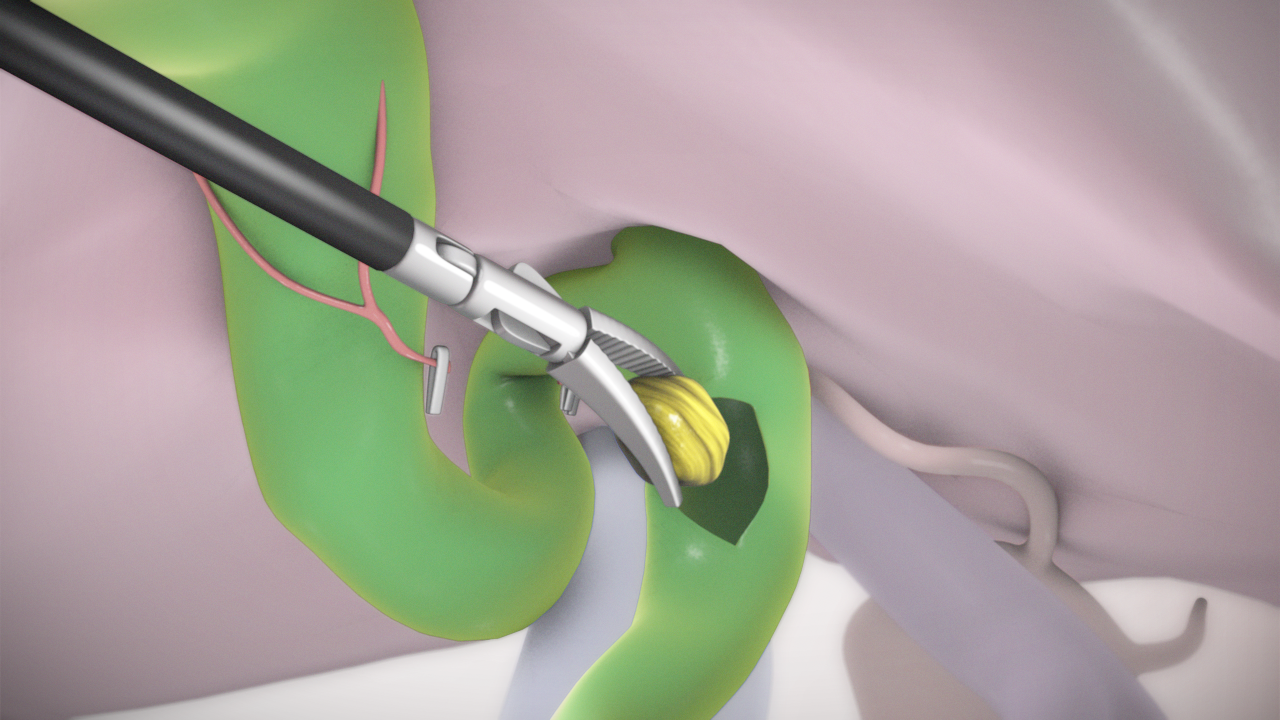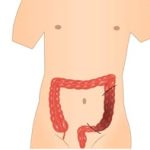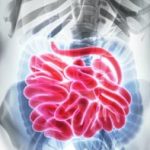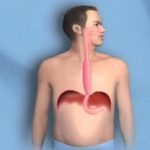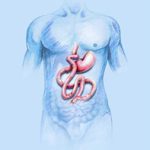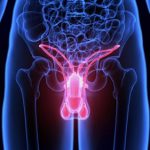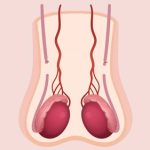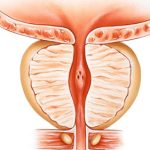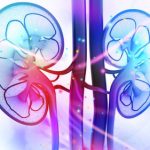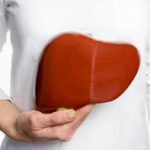Bile Ducts Surgery
What is a bile (biliary) duct obstruction?
A bile duct obstruction is a blockage in your bile ducts. Bile is a digestive juice that breaks down fats. It also contains a waste product called bilirubin.
Your bile ducts are the tiny canals that allow bile to flow from your liver (where it’s made) to your gallbladder (where it’s stored) to your small intestine (where it helps with digestion). Bile ducts also help move bilirubin out of your liver.
Blockages in your bile ducts can slow or stop the flow of bile. This can cause bile to back up and collect in your liver. The results can feel painful and pose serious health risks without treatment.
How common are bile duct obstructions?
Obstructions are the most common problem that can affect your bile ducts. Approximately 5 in 1,000 people develop gallstones that end up leading to an obstruction. Gallstones are hardened collections of bile. Gallstones are the most common cause of bile duct obstructions.
Symptoms and Causes
What are the symptoms of a blocked bile duct?
Symptoms are similar to those associated with gallstones and jaundice. Jaundice symptoms are a sign that there’s too much bilirubin in your bloodstream.
Signs to look out for include:
- Upper abdominal pain (it may feel dull and persistent, gradually increasing over several minutes).
- Yellowing in your skin or the whites of your eyes.
- Clay-colored stools and dark pee.
- Fever and chills.
- Nausea and vomiting.
- Itchy skin (pruritus).
- Loss of appetite.
- Unexplained weight loss.
- Fatigue.
What causes bile duct blockages?
Causes of a bile duct obstruction include:
- Gallstones in your bile duct.
- Choledochal cysts (a rare congenital condition where cysts slow the flow of bile).
- Bile duct strictures (abnormal narrowing in a bile duct related to a condition or scarring).
Bile duct strictures can result from a range of conditions (both malignant and benign). They can happen when there’s scarring after a medical procedure, like gallbladder removal surgery (cholecystectomy).
Causes of bile duct strictures that may lead to an obstruction include:
- Cancer (pancreatic cancer, bile duct cancer, liver cancer and metastatic cancer).
- Congenital conditions (biliary atresia and Alagille syndrome).
- Chronic inflammation in your bile ducts (primary biliary cholangitis and primary sclerosis cholangitis).
- Autoimmune pancreatitis and pancreatitis.
- Inflammation related to an injury or bacterial or parasitic infection.
- Mirizzi syndrome.
- Cholecystectomy.
- Radiation therapy.
What are the complications of a bile duct obstruction?
An obstruction can cause bile to build up in your liver. This can lead to severe inflammation and even life-threatening infections without treatment. It can also lead to permanent liver scarring (cirrhosis of the liver) that can lead to liver failure without proper management.
If the bile gets stuck in the part of the ducts near your gallbladder, you can get a gallbladder infection (cholecystitis).
Not having enough bile can also prevent your small intestine from digesting fats. This can lead to malnutrition.
How is a bile duct obstruction diagnosed?
Your provider will review your medical history, including your symptoms and medications. They’ll perform a physical exam to check for signs of an obstruction, like tenderness or swelling in your abdomen. You’ll need blood tests and imaging to confirm the obstruction and determine what caused it.
Blood tests
Blood tests can reveal signs of an obstruction. Tests your provider may order include:
- Complete blood count (CBC): A standard CBC allows your provider to check your overall health.
- Liver function tests: Elevated bilirubin in your bloodstream can signal an obstruction. Higher-than-normal liver enzymes, like alkaline phosphatase (ALP) and gamma-glutamyltransferase (GGT), may mean an obstruction is interfering with your liver function.
- Pancreas blood tests: Elevated pancreatic enzymes, like amylase and lipase, may signal a problem with your pancreas related to a bile duct blockage.
Imaging tests
You’ll need imaging tests if blood test results indicate a possible obstruction. You may need one or more of these imaging tests:
- Ultrasound: An ultrasound uses sound waves to show images of the inside of your body. It can reveal irregularities that indicate an obstruction. You may need an endoscopic ultrasound, abdominal ultrasound or liver ultrasound.
- Abdominal computed tomography (CT) scan: A CT scan uses X-rays and computers to create detailed images. It can rule out causes of your symptoms that may not show up on an ultrasound.
- Endoscopic retrograde cholangiopancreatography (ERCP): An ERCP can diagnose and treat causes of an obstruction. During the test, your provider will gently insert a lighted, flexible tube (endoscope) down your esophagus until it reaches your bile ducts. They may use instruments inside the endoscope to remove tissue for a biopsy or to fix the obstruction. You’ll be sedated during this procedure.
- Magnetic resonance cholangiopancreatography (MRCP): This advanced MRI records images of your bile ducts while a special dye travels through them. Like an ERCP, it can show the causes of bile duct obstructions, like gallstones or strictures. But it’s less invasive than an ERCP.
- Hepatobiliary iminodiacetic acid (HIDA) scan: A HIDA scan records images while a radioactive tracer travels through your bile ducts. It can show causes of obstructions, like gallbladder problems or congenital disorders that cause strictures.
- Percutaneous transhepatic cholangiography (PTC): A PTC uses an ultrasound or X-rays to record images, while a dye travels through your bile ducts and into your small intestine. The dye reveals blocked parts of your ducts.
Management and Treatment
How do you unblock your bile duct?
Treatment for a bile duct obstruction depends on how urgently you need care and what’s causing the blockage.
Treatments include:
- ERCP: Your provider may remove gallstones from your bile ducts during an ERCP (endoscopic retrograde cholangiopancreatography). The endoscope contains instruments that allow your provider to crush and remove the stones.
- Gallbladder removal surgery: You may need your gallbladder removed if you get frequent gallstones that cause obstructions. Usually, it involves minimally invasive surgery called laparoscopy. You can live a healthy life without a gallbladder.
- Stents: Your provider may insert a metal or plastic tube called a stent inside your bile ducts to widen them or keep them open. You may need a stent if strictures are causing an obstruction.
- Cancer treatments: You may need surgery or other cancer treatments, like chemotherapy and radiation, if a tumor is causing the obstruction.

